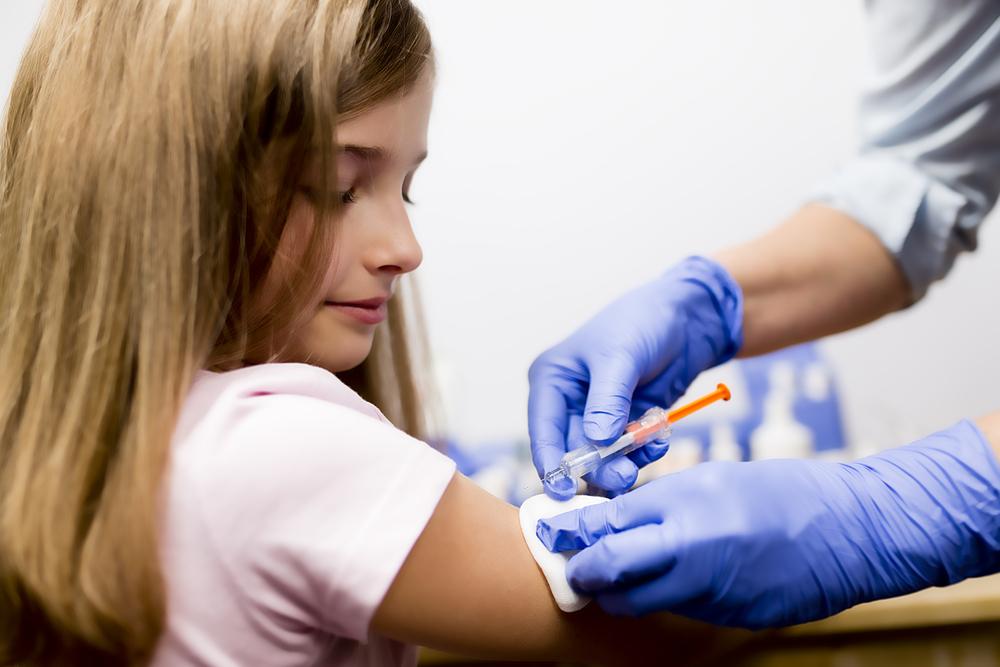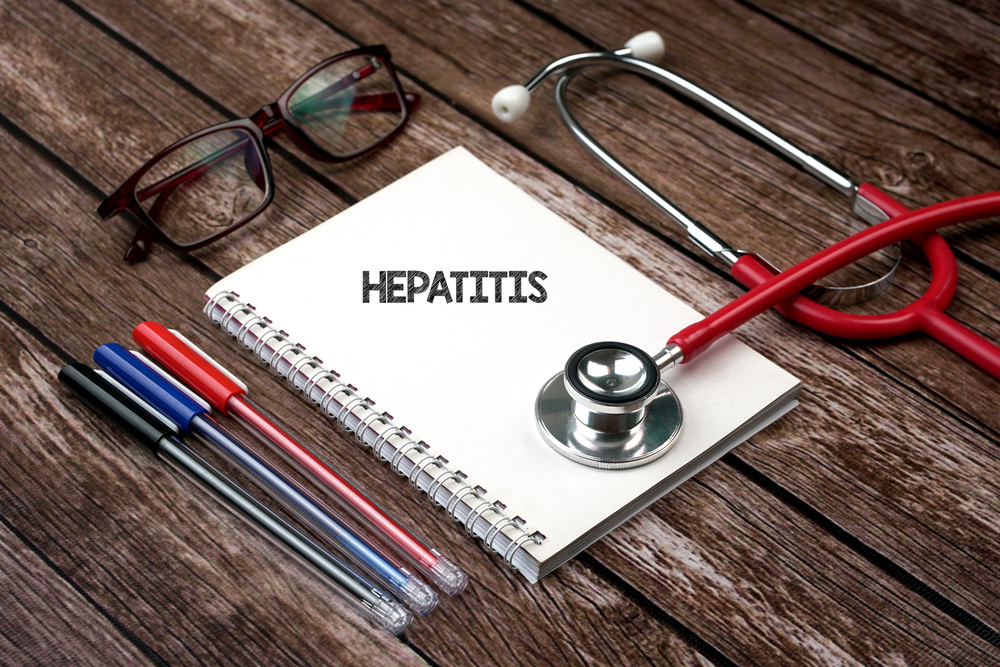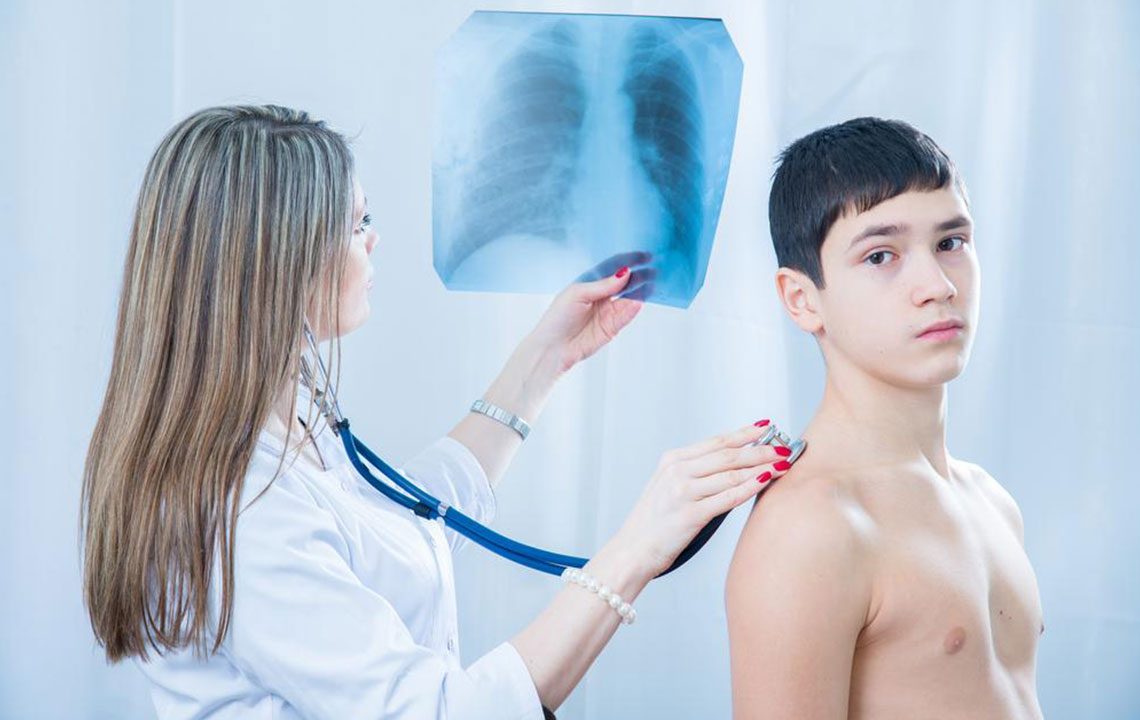Comprehensive Guide to Meningococcal Meningitis: Prevention, Risks, and Vaccination Strategies
This comprehensive guide provides in-depth insights into meningococcal meningitis, emphasizing causes, transmission, risk factors, and preventive measures such as vaccination. It covers vaccination schedules for different age groups, high-risk populations, and the importance of awareness in preventing outbreaks. With detailed information suitable for individuals, parents, and health professionals, this article aims to educate on how to safeguard against this serious disease, especially in endemic regions and among vulnerable populations.

Comprehensive Guide to Meningococcal Meningitis: Prevention, Risks, and Vaccination Strategies
Meningococcal meningitis is a serious and potentially life-threatening infection that affects the protective membranes covering the brain and spinal cord. Caused primarily by the bacterium known as meningococcus, this disease can develop rapidly and requires prompt medical attention. Understanding the disease, its transmission modes, at-risk groups, and available preventive measures such as vaccination, is essential for reducing its incidence and protecting vulnerable populations. This comprehensive guide aims to provide detailed insights into meningococcal meningitis, including how it spreads, who is most at risk, and the importance of vaccination schedules to prevent outbreaks.
Key information about meningococcal meningitis and prevention methods includes:
Infants, teenagers, and young adults are among the most vulnerable groups due to their developing immune systems and social behaviors that promote close contact.
Individuals with compromised immune systems, including those with spleen dysfunction, HIV/AIDS, or other immunodeficiencies, are at heightened risk of severe infection.
Regions such as sub-Saharan Africa frequently experience meningitis outbreaks, making travel advisories and vaccinations crucial for residents and visitors.
The disease primarily transmits through respiratory secretions, including saliva, rather than casual physical contact, though close interactions increase transmission risk.
Prophylactic antibiotics and vaccination are recommended for those exposed to infected persons or at increased risk due to occupation or travel.
The meningococcal vaccine covers five main serogroups—A, B, C, W, and Y—and is administered across various age groups, especially to vulnerable populations.
Children between the ages of 2 and 10 years are typically vaccinated with conjugate vaccines or Hib-MenCY-TT, particularly if they have underlying health conditions or travel plans.
Adolescents aged 11-18 are usually vaccinated around age 11-12, with booster doses recommended at age 16 to ensure continued immunity.
Adult vaccination, especially for those with underlying health issues or high exposure risk, often involves MenACWY or MPSV4 vaccines.
High-risk groups such as microbiologists working with meningococcus, as well as travelers to epidemic regions, should prioritize vaccination.
The Serogroup B vaccine is specifically designed for individuals aged 10-23, providing short-term immunity suitable during outbreaks or for travelers to affected areas.
This detailed overview highlights the importance of awareness, timely vaccination, and proactive measures in preventing meningococcal meningitis, a disease with severe health implications if not properly managed. Protecting oneself through vaccination and understanding transmission routes can significantly reduce the risk of infection and save lives.




